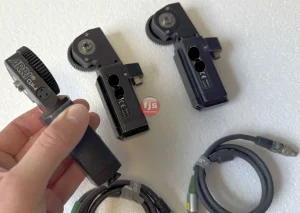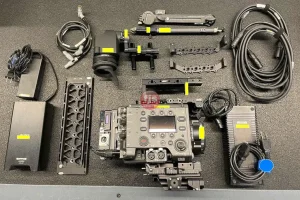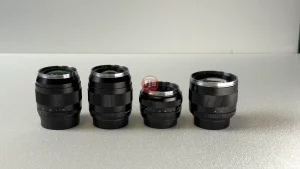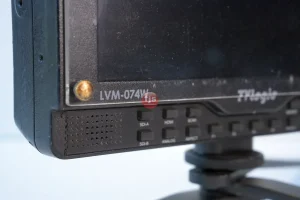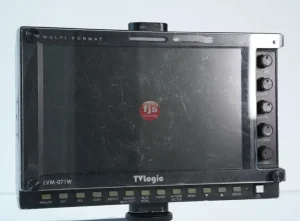Introduction
Anamorphic adapters are optical devices that can be used to create a widescreen aspect ratio on a standard 35mm or Super 35mm film camera. While they offer a unique and cinematic look, using third-party anamorphic adapters can come with certain limitations. This blog post will explore some of the key considerations and potential drawbacks associated with using these adapters.
Key Limitations
- Image Quality: Third-party anamorphic adapters can vary in terms of image quality. Some may introduce distortion, flare, or other optical artifacts. It’s essential to research and choose adapters from reputable manufacturers with a proven track record.
- Compatibility: Not all third-party anamorphic adapters are compatible with every camera or lens. It’s crucial to verify compatibility before making a purchase to avoid issues with mounting and performance.
- Cost: High-quality anamorphic adapters can be expensive, especially those designed for professional filmmaking. Consider your budget and weigh the benefits against the cost before making a decision.
- Workflow Considerations: Using anamorphic adapters can introduce additional complexity to your workflow. You may need to adjust focus, exposure, and other camera settings to achieve the desired results.
- Creative Limitations: Anamorphic adapters can sometimes limit your creative freedom. For example, certain lenses or camera movements may not be compatible with the adapter’s design.
Conclusion
While third-party anamorphic adapters can offer a unique and cinematic look, it’s essential to be aware of their limitations. By carefully considering factors such as image quality, compatibility, cost, workflow considerations, and creative limitations, you can make an informed decision about whether using a third-party anamorphic adapter is right for your project.
Frequently Asked Questions
- Can I use a third-party anamorphic adapter with any camera?
- Not all cameras are compatible with anamorphic adapters. Check the specifications of your camera and the adapter to ensure compatibility.
- How do I choose a high-quality anamorphic adapter?
- Research reputable manufacturers, read reviews, and consider factors such as image quality and optical performance.
- Are there any alternatives to using anamorphic adapters?
- Some cameras offer built-in anamorphic modes or support for anamorphic lenses. Explore these options as well.



